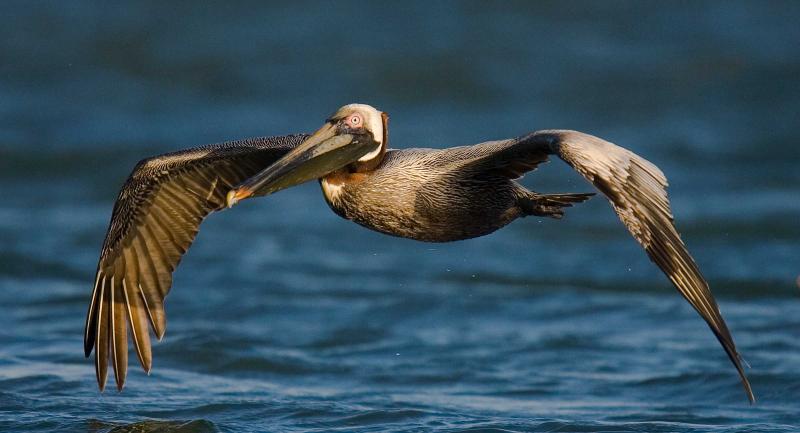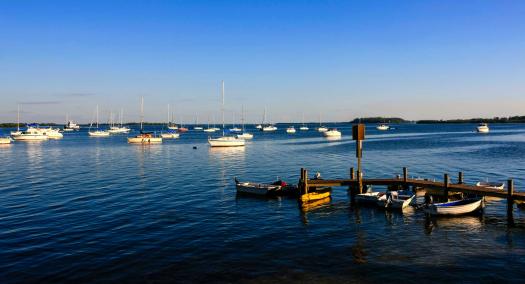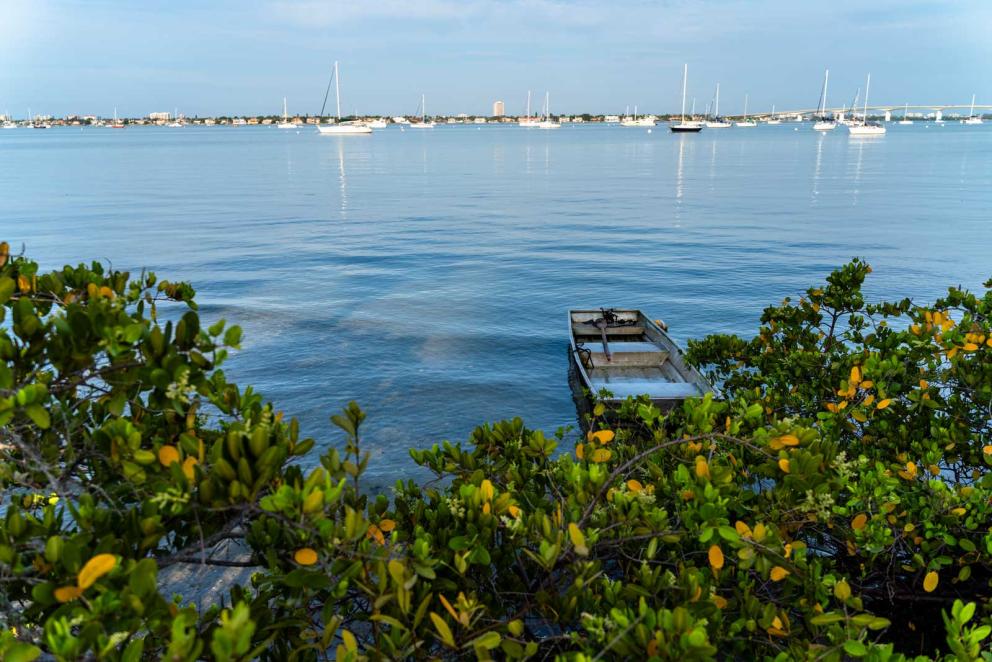Residents and tourists have flocked to the Sarasota Bay region for years due to its remarkable natural beauty.
Sarasota Bay is a subtropical estuary with a surface area of approximately 52 square miles. An estuary is a semi-enclosed body of water where fresh water mixes with salt water.
The area features outstanding fishing, boating and wildlife viewing. It’s home to a wide variety of marine life, including manatees, mullet, dolphins, spotted sea trout, snook, red drum (also called redfish), stone crab, blue crab and bait shrimp. Some bird species you can expect to see include the great blue heron, snowy egret, brown pelican, osprey, wood stork, roseate spoonbill, white ibis, blue heron and seagull.
The Sarasota Bay region has been inhabited for thousands of years, but human degradation of the bay accelerated in the 1900s. Between 1950 and 1990, approximately 39 percent of the tidal wetlands were lost and approximately 30 percent of the bay’s seagrass meadows were lost.
Sarasota Bay and its watershed face three main challenges:
- Alteration and loss of coastal uplands and wetlands due to development
- Spread of non-native animal and plant species
- Degraded water quality from non-point source pollutant and nutrient loading
Let’s learn about the efforts to protect Sarasota Bay from these challenges and improve its health



